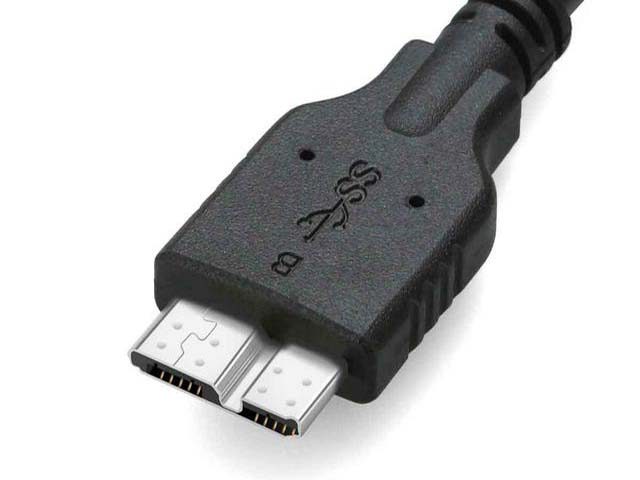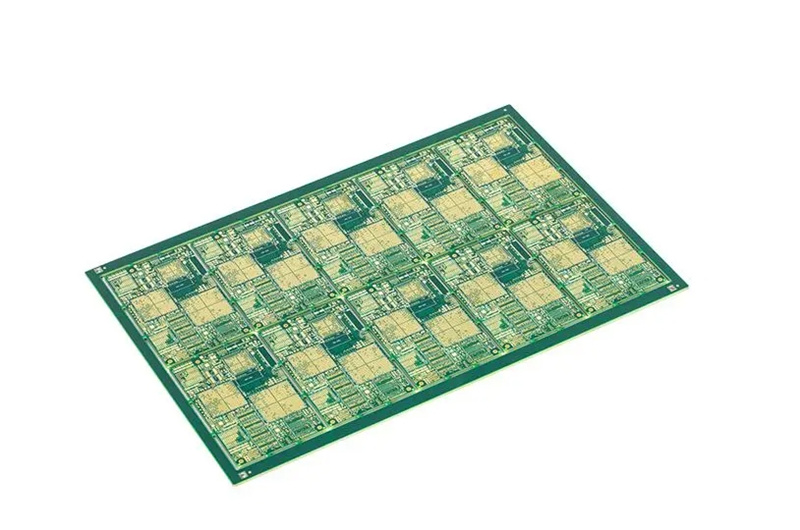CCTV cameras have become increasingly popular for security purposes in recent years. They can be installed in homes, businesses, and public spaces to monitor activity and prevent crime. One of the most important components of a CCTV system is the cable that connects the camera to the recording device. In this blog post, we will discuss the different types of cables that are commonly used for CCTV cameras and factors to consider when choosing the right cable for your system.
Types of CCTV Cables
Coaxial Cable
Coaxial cable is a popular choice for CCTV systems. It consists of a center conductor, an insulating layer, a shield, and an outer jacket. The center conductor carries the signal, while the shield provides protection against interference. Coaxial cable is commonly used for analog CCTV systems.
Advantages and Disadvantages of Coaxial Cable
One of the advantages of coaxial cable is its durability. It can withstand harsh weather conditions and is resistant to water and UV radiation. Coaxial cable is also easy to install and can be used for long cable runs.
However, one disadvantage of coaxial cable is that it is susceptible to interference. This can cause signal loss and reduce the quality of the video. Coaxial cable is also more expensive than other types of cables.
Use Cases of Coaxial Cable for CCTV Cameras
Coaxial cable is commonly used for analog CCTV systems that require a long cable run. It is also used for installations that require a higher resolution video signal.
Cat5e/Cat6 Cable
Cat5e/Cat6 cable is a type of Ethernet cable that is commonly used for networking. It consists of four twisted pairs of wires and can be used for digital CCTV systems.
Advantages and Disadvantages of Cat5e/Cat6 Cable
One advantage of Cat5e/Cat6 cable is its versatility. It can be used for both analog and digital CCTV systems. Cat5e/Cat6 cable is also less expensive than coaxial cable and is more resistant to interference.
However, one disadvantage of Cat5e/Cat6 cable is its limited distance capability. It can only be used for cable runs up to 100 meters. Cat5e/Cat6 cable is also more difficult to install than coaxial cable.
Use Cases of Cat5e/Cat6 Cable for CCTV Cameras
Cat5e/Cat6 cable is commonly used for digital CCTV systems that require a shorter cable run. It is also used for installations that require high-definition video.
Factors to Consider When Choosing a CCTV Cable
When choosing a CCTV cable, there are several factors to consider.
Distance
The distance between the camera and the recording device is an important factor to consider when choosing a CCTV cable. Coaxial cable is better suited for longer cable runs, while Cat5e/Cat6 cable is better suited for shorter cable runs.
Signal Quality
The quality of the video signal is also an important factor to consider. Coaxial cable is better suited for installations that require a high-quality analog video signal. Cat5e/Cat6 cable is better suited for installations that require a digital video signal.
Interference
Interference can cause signal loss and reduce the quality of the video. Coaxial cable is more susceptible to interference than Cat5e/Cat6 cable.
Installation
The installation process is also an important factor to consider. Coaxial cable is easier to install than Cat5e/Cat6 cable.
Budget
The cost of the cable is also an important factor to consider. Coaxial cable is more expensive than Cat5e/Cat6 cable.
Conclusion
Choosing the right CCTV cable is essential for ensuring the quality of your CCTV system. Coaxial cable and Cat5e/Cat6 cable are the most common types of cables used for CCTV cameras, with each having its advantages and disadvantages. When choosing a CCTV cable, it’s important to consider the distance, signal quality, interference, installation, and budget.
for longer cable runs and higher-resolution analog video signals, coaxial cable is the preferred choice. On the other hand, for shorter cable runs and digital video signals, Cat5e/Cat6 cable is the better option. By considering these factors, you can choose the right CCTV cable for your system and ensure that your surveillance is running smoothly and efficiently.
We hope this blog post has been informative and helpful in guiding you towards making the right choice for your CCTV system. Remember to always consult with a professional when it comes to CCTV installation and maintenance to ensure the best results.




